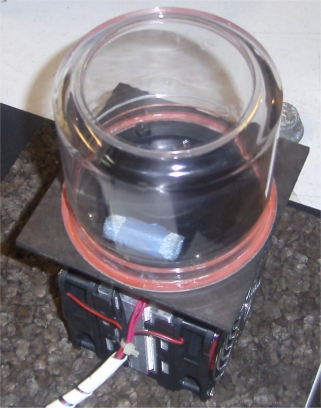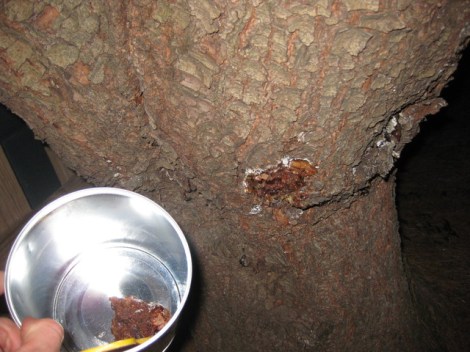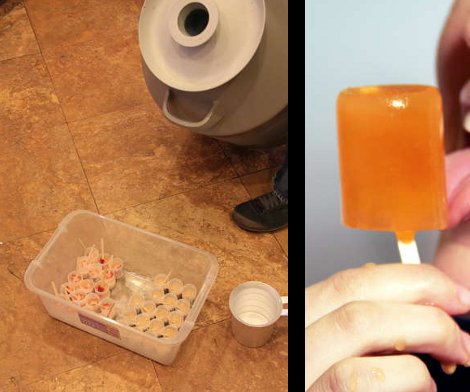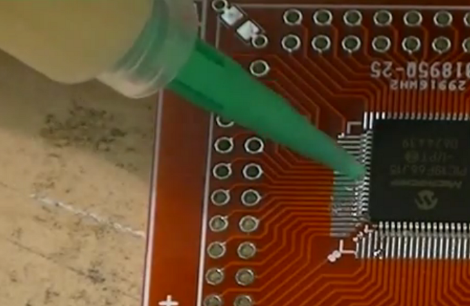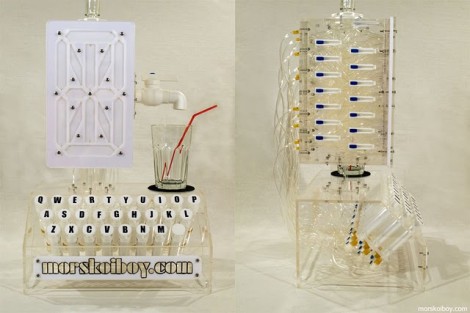
A couple of beverage containers and a little bit of fuel additive bring together this aluminum can stove project. When lit it shoots flames out each of those holes around the top to heat the vessel resting upon it. [Peter Geiger] calls it the Red-Bullet because one of the stove pieces started as a Red Bull can and the other piece was a Coors (aka silver bullet).
This is basically an alcohol stove. We remember seeing a very well designed version of the penny stove several years back. This is different as it uses a side burner so the stove itself functions as the kettle stand. [Peter] started by cutting the Red Bull can just a bit taller than the final height. He then inserted the top portion of one of those aluminum beer cans that are shaped like glass bottles. The neck was lopped off and inverted. It is joined with the other can base using JB weld and by rolling the aluminum in on itself. After that has dried the holes are added and it’s filled with HEET from a yellow bottle. This gasoline additive is meant to sequester water and keep your gas line from freezing. The yellow bottle is mainly alcohol, the red is methanol so make sure you use the right one!

